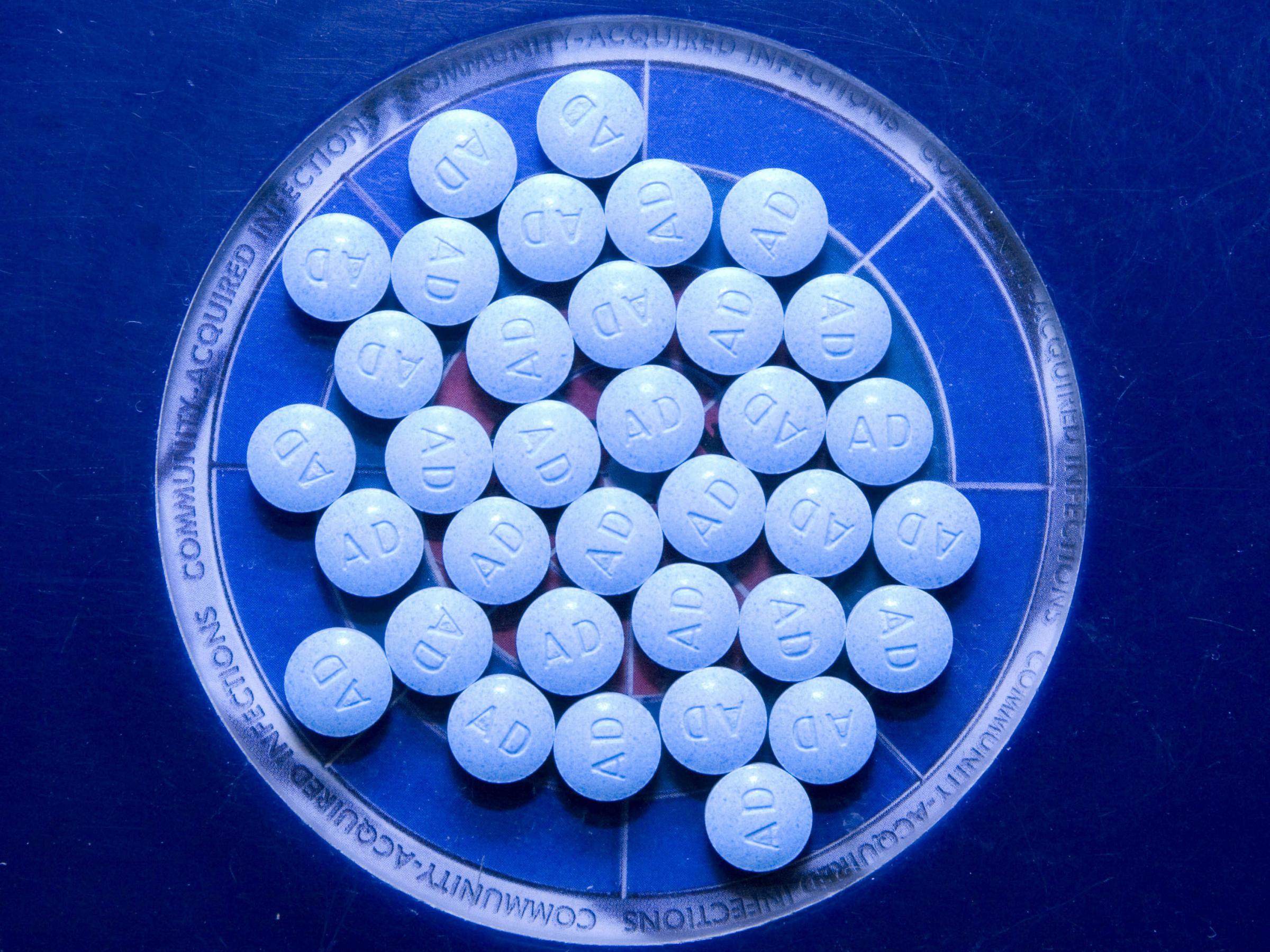

Do not worsen seizures in patients on adequate anticonvulsant therapy. Side effects are usually mild, reversible, and dose dependent, including anorexia, weight loss, sleep disturbances, increased heart rate and blood pressure, irritability, moodiness, headache, onset or worsening of motor tics, reduction of growth velocity (but not adult height). Limited impact on academic performance, learning, and emotional problems. Improve cognition, inattention, impulsiveness/hyperactivity, and driving skills.

4.ĭo not cause euphoria or lead to addiction when taken as directed. Patients who do not respond well to one stimulant may respond to another. 3.Īll stimulants equally effective however, not all patients improve with stimulants. A long-acting oral suspension of methylphenidate (Quillivant XR), a long-acting chewable tablet of methylphenidate (QuilliChew ER), a long-acting orally disintegrating tablet of mixed amphetamine preparation (Adzenys XR-ODT), and a long-acting liquid amphetamine preparation (Dyanavel XR) are also available.
AMPHETAMINE PILL PATCH
A methylphenidate patch (Daytrana) is available, as is a pro-drug form of dextroamphetamine, lisdexamfetamine (Vyvanse), which is designed to limit the abuse potential. Include short- and long-acting methylphenidate, dextroamphetamine, and dextroamphetamine/amphetamine combinations (mixed amphetamine salts). Release or block uptake of dopamine and norepinephrine 2. Table 2 summarizes FDA-approved treatments for ADHD. Second-line therapies include antidepressants and alpha-agonists. Mainstay of treatment is stimulant medication. Most studies on treatment of ADHD are performed in children less data available on adults.

Alternatively, Adderall abuse exposures might reflect reluctance for instances of abuse to be reported to poison control centers, unless thought to be severe. This might be because of the use of higher doses of Adderall by abusers. This suggests that reported abuse exposures are more severe than reported after non-abuse exposures. When compared with non-abuse exposures, Adderall abuse exposures were more likely to (a) involve children under 13 years of age (b) occur at others’ residences, schools and public areas (c) be managed at health-care facilities (d) involve more serious medical outcomes (e) involve adverse clinical effects. Adderall abuse exposures were more likely to involve almost all of the categories of adverse clinical effects, and in particular the adverse effects of chest pain, hypertension, tachycardia, nausea, dizziness, numbness, and tremor. Most of the patients were male and the most frequently reported adverse effects were neurological, followed by cardiovascular and gastrointestinal. The number of calls received per year increased during the first half of this period but then fell. Of the 3152 human exposures, 391 (12%) involved abuse. There were 5140 calls about Adderall, including 3152 (61%) human exposures, 221 (4.3%) animal exposures, 1220 (24%) drug identification calls, and 547 (11%) requests for other information. Of all calls related to Adderall received by several poison control centers in Texas during 1998–2004, 12% involved drug abuse ( 2 c). Sequeira, in Side Effects of Drugs Annual, 2010 Drug abuseĪdderall (see also Drug formulations below), a treatment that has been approved by the FDA for attention deficit disorder (ADD)/attention deficit hyperactivity disorder (ADHD) in the USA, consists of a mixture of the neutral sulfate salts of dexamfetamine and amfetamine, with the dextrorotatory isomer of amfetamine saccharate and d-levo-amfetamine aspartate monohydrate.


 0 kommentar(er)
0 kommentar(er)
